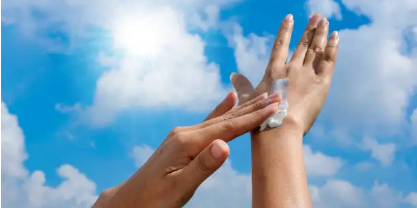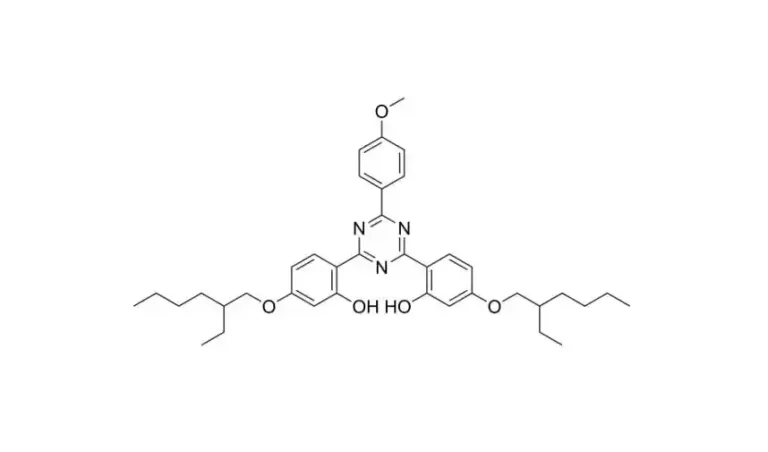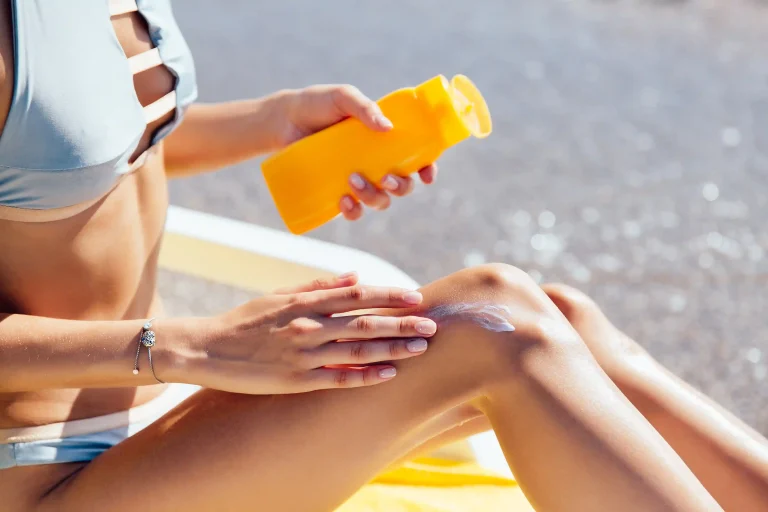El protector solar es muy importante. Ayuda a detener el cáncer de piel. También protege su piel de los rayos ultravioletas (UV) dañinos. El protector solar funciona como un escudo. Mantiene su piel a salvo de los malos efectos del sol. Este gran trabajo muestra por qué necesitamos nuevas ideas para el protector solar. Estas ideas deben dar a las personas la mejor protección en todo tipo de lugares. Pero, en los últimos veinte años, solo unos pocos nuevos filtros UV se unieron a la lista de protectores solares de venta libre (OTC) de la FDA. Esta regla limita los tipos de protector solar que podemos comprar. También hace que sea más difícil obtener una fuerte protección. Solucionar este problema es una necesidad. Necesitamos mejores maneras de mantener la piel segura y dar a la gente protectores solares frescos y nuevos.
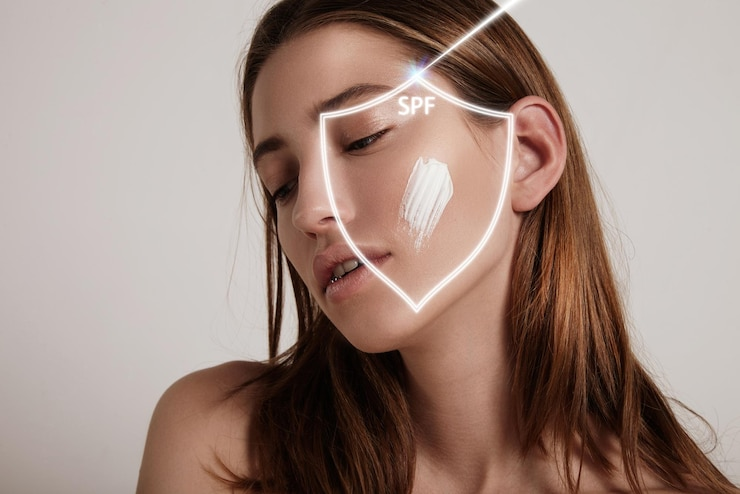
BemotrizinolTambién llamado Tinosorb SEs un gran salto adelante. Este increíble protector solar se ha utilizado en Europa desde 2009. Es una gran noticia para cualquiera que quiera una fuerte protección UV que cubra mucho.
¿Qué es Bemotrizinol (Tinosorb S)?
Echemos un vistazo a esta cosa limpia. Bemotrizinol Es un make-up Filtro UVSu nombre fantástico es bis-etilhexiloxifenol metoxifenil triazina. Es una nueva manera de solucionar los problemas con los protectores solares antiguos. Cuando está hecho, parece un polvo amarillo claro. Se mezcla bien con el aceite.
Bemotrizinol Tiene muchos nombres. Aquí están:
- Bis-etilhexiloxifenol Metoxifenil Triazina
- Tinosorb S
- Bemotrizinoli
- Bemt
- Bis-octiloxifenol
- Fenol, 2,2′ -[6-(4-metoxifenil)-2-oxo-1,3,5-triazinano-2,4-diil]
- Trianilino-p-carboxietilhexilo Triazina
- Uvinul T 150
- Escalol S
- BFP-SP S
Este material está construido para una increíble seguridad solar. Se mantiene fuerte en la luz solar. También protege contra muchos tipos de rayos UV. La gente lo usa mucho en Europa y Australia. Lo mezclan con otros bloqueadores UV, como la avobenzona, para hacer que los protectores solares sean aún más resistentes.
Ahora sabemos qué Bemotrizinol sí. Veamos cómo mantiene su piel segura.
Cómo funciona Bemotrizinol
Bemotrizinol es especial. Funciona de dos maneras geniales. La mayoría de los protectores solares químicos no hacen esto. Su forma le permite atrapar los rayos UV y alejarlos. Esto proporciona protección total contra los daños UV.
Primero, capta los rayos UV. Los convierte en calor seguro. Hace esto con un truco en el que los electrones se mueven y vuelven. Esto impide que los rayos entren profundamente en su piel. Los rayos profundos pueden causar problemas. Además, rebote los rayos UV. Esto es como lo hacen los protectores solares físicos, como el óxido de zinc o el dióxido de titanio. Estas dos acciones lo hacen genial para detener tanto los rayos UVA como UVB. Además, ayudan Bemotrizinol Manténgase fuerte a la luz del sol.
Esta fuerza es una gran cosa. Bemotrizinol No se desmorona bajo el sol. Sigue funcionando bien incluso después de mucho tiempo fuera. Esto ayuda a combatir el envejecimiento de la piel y reduce el riesgo de cáncer por los rayos UV. Además, hace que otras partes del protector solar sean más fuertes. Esto hace que todo el protector solar sea mejor.
Comprender su trabajo muestra por qué Bemotrizinol es increíble. Veamos los rayos UV que bloquea.
¿Qué longitudes de onda bloquea?
Bemotrizinol detiene muchos rayos UV. Ofrece una amplia protección. Esto lo mantiene a salvo de quemaduras rápidas, como quemaduras solares. También ayuda a evitar problemas más grandes, como piel vieja o problemas graves.
Esto es lo que hace:
- Protección UVA:
-
- Bloquea todos los rayos UVA (320-400 nm).
- Es mejor a alrededor de 340 nm. Esto detiene los rayos UVA que profundizan. Estos rayos hacen que la piel envejeca rápidamente y causan daño.
- Protección UVB Protección UVB:
- Cubre todos los rayos UVB (280-320 nm).
- Es muy fuerte a 310 nm. Esto bloquea los rayos UVB que queman la piel y dañan el ADN.
Esta gran cobertura hace Protección UVB una razón principal para amarlo. Es un gran escudo de amplio espectro. A continuación, hablemos de sus muchos puntos buenos.
Beneficios de Bemotrizinol
Bemotrizinol es emocionante. Tiene toneladas de cosas buenas al respecto. También tiene muy pocas partes malas. Estos lo convierten en un favorito para los fabricantes de protectores solares.
Aquí están las mejores cosas al respecto:
- Escudo amplioDetene bien los rayos UVA y UVB.
- Permanece fuerteNo se rompe en la luz solar. Te protege todo el día. También ayuda a otros ingredientes a mantenerse fuertes.
- Permanece en la cimaNo entra en tu sangre. Esto lo hace más seguro.
- Gentile sobre la pielDifícilmente causa picazón o erupciones. Por lo general es seguro para la piel sensible.
- Amable con los océanosNo perjudica los arrecifes de coral. Esto es mejor que algunos protectores solares que dañan la vida marina.
- No hay pedazos malosSe mantiene estable en la luz. Convierte la energía UV en calor, no en cosas dañinas que dañan la piel.
- Lucha contra el envejecimientoMantiene la piel a salvo de daños. También reduce la piel roja y quemada por los rayos UV.
- Ayuda a las personas sensibles al solUn estudio mostró que detiene las erupciones en personas con un problema de piel llamado erupción de luz polimórfica (PLEM). Esto sucede cuando el sol hace que su piel se rasgue.
Estas cosas buenas hacen Bemotrizinol ganador en protectores solares. Veamos qué lo hace agradable de usar.
Características de Bemotrizinol
Esta parte responde a las preocupaciones comunes del protector solar. Muestra cómo Bemotrizinol es genial.
Estas son sus principales características:
- Vista clara: Bemotrizinol No parece nublado en la piel. Se mezcla bien. No es como el óxido de zinc o el dióxido de titanio, que puede parecer blanco. Es el tipo más claro de Tinosorb. Se ve suave y bonito.
- Fácil de mezclarNo es difícil añadir productos. Se disuelve en aceite. Funciona con otras partes del protector solar. Puedes ponerlo en lociones, cremas o sprays.
- No bloqueará los porosNo obstruye los poros de la piel. Esto es bueno para las personas con pimples. Todo el producto importa, pero Bemotrizinol Es seguro para la piel.
- Sin picadurasCasi nunca pica o quema la piel. Algunos protectores solares causan dolor o picazón. Bemotrizinol no lo hace. Mantiene la piel feliz.
Estas características hacen Bemotrizinol fácil y divertido de usar en protectores solares.
Con BFP-SP S
Para empresas que deseen utilizar Bemotrizinol, BFP-SP S es una estrella. Es una fuerte, filtro UV a base de aceiteBloquea tanto los rayos UVA como UVB. Es uno de los mejores filtros de mezcla de aceite que puedes obtener.
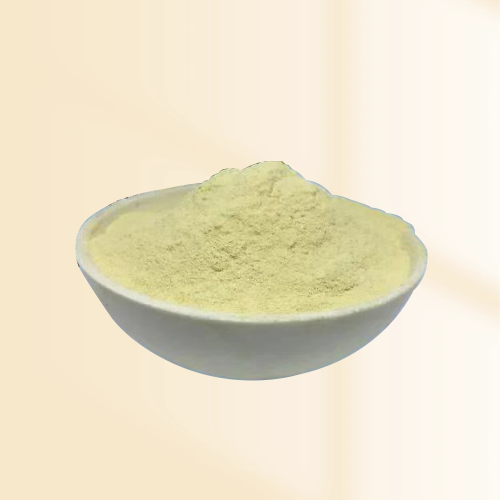
BFP-SP S permanece estable en la luz. Funciona con otros filtros. Cumple con estrictas normas de seguridad. Es ideal para productos resistentes al agua. Es perfecto para el día cremas que protegen de los rayos UVTambién es bueno para protectores solares impermeables de alto SPF. Añadir BFP-SP S hace que los protectores solares sean mucho mejores. Ofrece una sólida protección.
Incluso con todas estas cosas buenas, vamos a ver cualquier pequeño problema.
Desventajas y efectos secundarios
Bemotrizinol Casi no tiene efectos negativos.
Los posibles problemas son:
- Picadura en los ojosComo muchos protectores solares, puede molestar los ojos. No lo rocíes cerca de tu cara. Use cremas, lociones o bastones para su cara en su lugar.
- AlergiasEstos son raros, pero pueden suceder.
Estos pequeños problemas no le quitan su gran seguridad. Hablemos más sobre eso a continuación.
Perfil de seguridad
Bemotrizinol Es seguro en Europa desde 2009. El EWG le da un “1”, la puntuación más segura. En 1999, el SCCS dijo que no era tóxico ni muy alérgico. Los estudios demuestran que es totalmente seguro. En las cantidades permitidas en Europa, es el mejor bloqueador UV para SPF.
Seguridad para las personas
No se confunde con las hormonas. No irrita mucho la piel. Es menos probable que cause erupciones que otros ingredientes. Es soluble en grasa, por lo que funciona mejor y permanece en la piel. Las pruebas de laboratorio muestran que no tiene efectos hormonales. No actúa como estrógeno o andrógeno.
Seguridad para los océanos y los arrecifes
Bemotrizinol Es amable con el medio ambiente. Es reef-safe. No perjudica a los corales o animales marinos, a diferencia de algunos protectores solares.
Seguridad para el embarazo y los niños
Es seguro para las mujeres embarazadas. No entra en el cuerpo. También es la mejor opción para los niños en Europa. Su seguridad y baja absorción lo hacen grande.
Esta fuerte información de seguridad apoya Bemotrizinoluso en todo el mundo. Pero Estados Unidos tiene una historia diferente.
Bemotrizinol y aprobación estadounidense
Bemotrizinol Está bien en Europa, Asia y Australia. Pero no en los Estados Unidos a partir del 4 de mayo de 2024. Sin protectores solares Tinosorb, incluyendo BemotrizinolAún están aprobados allí. Esto no significa que sea inseguro. Sólo está siendo comprobado.
El proceso GRASE de la FDA es estricto. Para BemotrizinolIncluye pruebas sobre cómo se absorbe, la seguridad de la piel y lo bien que funciona. Estas pruebas siguen las normas de la FDA. Se aseguran de que sea seguro para uso en los Estados Unidos. Si se aprueba, sería genial para mejores opciones de protector solar.
Vamos a comparar Bemotrizinol a otros filtros Tinosorb para ver cómo encaja.
Comparación de protectores solares Tinosorb
Bemotrizinol (Tinosorb S) es parte de la familia Tinosorb. Otros incluyen Tinosorb M y Tinosorb A2B. Todos dan una protección fuerte y amplia. Son seguros para la piel sensible y el embarazo porque no se absorben en el cuerpo.
Aquí hay una simple comparación:
| Característica | Tinosorb S (Bemotrizinol) | Tinosorb M (MBBT) | Tinosorb A2B |
| Gama de protección UV | Detene UVA (320-400 nm) y UVB (280-320 nm). Mejor a 310 nm y 340 nm. | Detene UVA y UVB. | Se centra en UVB y UVA corto. Cubre lo más general. |
| Cómo funciona | Captura y rebota los rayos UV. Muy estable. | Captura y rebote UV. Establecido. | Ayuda a que otros filtros funcionen mejor. Establecido. |
| Formulación/aspecto | Claro, mezcla bien, mezcla de aceite. Fácil de usar. | Pequeños trozos, permanece en la piel. Un poco nublado. Bueno para la resistencia al agua. | Funciona con otros filtros. |
| Remojación de la piel | Se queda en la piel, apenas se absorbe. | La mayoría permanece en la cima. | No se empapa en la piel. |
| Suave con la piel | Baja posibilidad de alergia, rara vez molesta la piel. | Muy suave, menos probable que cause problemas. | Seguro para la piel sensible, el embarazo. |
| Medioambiente | Seguro para los arrecifes, sin daño a la vida marina. | Seguro para arrecifes. | Seguro para arrecifes. |
| Aprobación de Estados Unidos (mayo de 2024) | Aún no está bien. | Aún no está bien. | Probablemente no está bien. |
Esto muestra BemotrizinolLas fortalezas frescas. También muestra lo que comparten todos los tinosorbios.
Conclusión
Bemotrizinol (Tinosorb S) es un filtro UV fantástico, estable y seguro. Protege de dos maneras. Cubre amplios rayos UVA y UVB. Apenas se empapa en la piel. No irrita mucho. Además, es seguro para los arrecifes. Todo esto lo convierte en una superestrella para la protección solar. No está aprobado en los Estados Unidos todavía, a partir de mayo de 2024. Pero si la FDA dice que sí, podría cambiar los protectores solares para mejor. Elegir Bemotrizinol para una seguridad solar de primera clase que mantiene su piel y el planeta felices.
Preguntas frecuentes
P: ¿Qué es Bemotrizinol?
R: Bemotrizinolo Tinosorb Ses un protector solar químico fabricado. Bloquea los rayos UVA y UVB capturándolos y rebotando.
P: ¿Es seguro Bemotrizinol?
R: Sí, es muy seguro. Se utiliza en Europa desde 2009. El EWG le da un “1”. Tiene bajo riesgo de alergia. No se confunde con las hormonas. Apenas se empapa en la piel.
P: ¿Es Bemotrizinol seguro para el embarazo y los niños?
R: Sí, es seguro para el embarazo y los niños en Europa. No entra en el cuerpo, por lo que es una gran opción.
P: ¿Es Bemotrizinol seguro para los arrecifes?
R: Sí, Tinosorb S es seguro para arrecifes. No perjudica a los corales ni a los animales marinos.
P: ¿El bemotrizinol causa radicales libres?
R: No, es estable. Convierte la energía UV en calor, no en malos radicales. Esto mantiene la piel a salvo del estrés.


